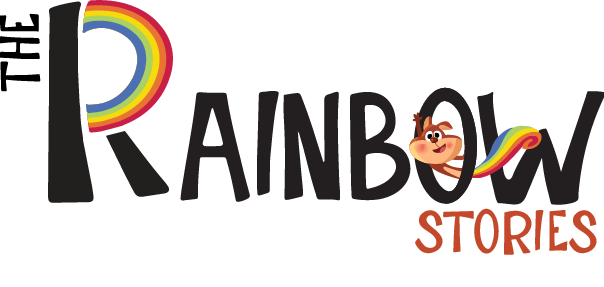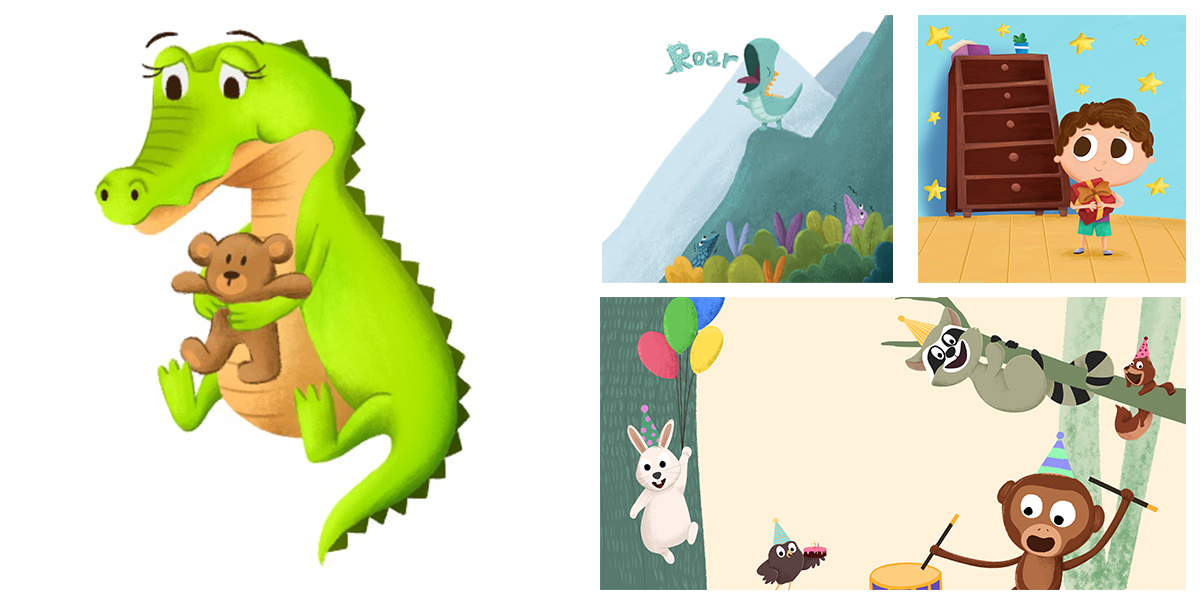Becoming a Book Illustrator for children’s books is a magical way to bring stories to life through drawing and sketching, engaging character design, and captivating visual storytelling. While formal training can help, what truly matters is developing strong illustration techniques, mastering line art and coloring, and building a compelling portfolio. You’ll need to learn essential skills like character design, pacing across spreads, and selecting the right tools for your craft—whether traditional or book illustration software. Though is it hard to be a book illustrator? —yes, it’s competitive—dedication, creativity, and perseverance can take you far in this rewarding career.
What Does It Take to Become a Book Illustrator?
First, ask yourself: what qualifications do I need to be a book illustrator? While a formal education in illustration or fine art is beneficial, many outstanding illustrators are self-taught. You should focus on mastering line art and coloring, developing illustration techniques, and honing skills required for children’s book illustrator jobs.
Develop Core Artistic Skills
Start with daily drawing and sketching, building proficiency in character design and composition. Strong line art and coloring ability are non‑negotiable for visual storytelling in picture books. Learn illustration techniques like hatch shading, digital painting, and mixed‑media approaches. Many pros practice daily to strengthen their style.
Starting your illustration journey with limited resources? See how many pros are creating entire books using just mobile tools in this guide to illustrating a book on a tablet.
Learn Children’s Book Specific Skills
Children’s books demand special attention: friendly character design, clear visual storytelling, and pacing across spreads. You must know layout structures—full spreads, insets, and spot illustrations—and how to keep content engaging and age‑appropriate.
Build a Professional Portfolio
A solid portfolio is key. Showcase 8–12 pieces with character sketches, full‑page spreads, and spot illustrations. If you’re starting out, create self‑initiated mock covers or pages from classics to show versatility. Regularly update your portfolio to reflect your developing style.
Choose Your Tools for Illustrating Children’s Books
Decide between traditional and digital Illustration tools:
- Digital: Invest in a tablet and stylus and choose book illustration software like Clip Studio Paint (great for page layouts), Adobe Illustrator or Affinity Designer for vector art. Krita and Inkscape are free options with strong feature sets.
- Traditional: Use pencils, pens, watercolors, tracing paper, and scanner. Many illustrators start here before transitioning too digital.
These tools for illustrating children’s books help you build a flexible and expressive workflow.
Understand the Publishing Industry
Learn about contracts, royalties, and collaboration with authors and art directors. Familiarize yourself with publishing trends by actively reading current children’s books. Networking through groups like SCBWI, attending fairs, and workshops helps you get noticed.
Build Your Network & Online Presence
Promote your work on Instagram, Behance, and your own website. Publishers and agents often search online. Participate in critique groups to get constructive feedback and improve your character design and storytelling.
Consider Formal Education vs. Self-Teaching
A degree equips you with structure, technical training, and industry connections. However, is it hard to be a book illustrator? Yes—it takes resilience. Many face rejection before their work gets published. Self-taught artists can succeed by persistent learning and developing a strong portfolio.
Practice, Rejection & Persistence
Rejection is part of the business. Use feedback to refine your craft and illustration techniques. Keep practicing drawing, improve your character design, and stay current on market trends. Persistence and a growth mindset set top illustrators apart.
Assemble Your Career Gear
Make sure you have:
- A portfolio showcasing visual storytelling, character design, line art, and coloring.
- Familiarity with industry‑standard book illustration software and tools.
- A professional network via SCBWI or online communities.
Conclusion
Becoming a children’s book illustrator is an exciting journey — from daily sketching to building a professional portfolio and exploring both digital and traditional tools. But what comes next once you’re ready to share your art with the world?
At The Rainbow Stories, we turn creative sketches and character designs into beautiful children’s books. Whether you’re just starting to build your portfolio or already have polished spreads, our Custom Storybook Service helps transform your art into captivating, print-ready pages that children and families will treasure.

